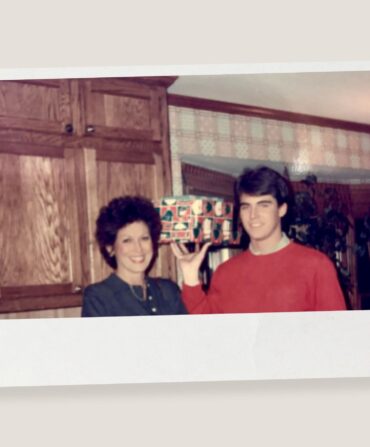Many Southerners, contemplating U.S. history before 1900, tend to focus on men in wars: the Revolutionary and Civil. We learn stories about great heroes, leaders, and villains (depending on the point of view). Hidden beneath those blustery scenes of glory are stories of intricate pulls and pushes, heroic and less heroic deeds among family members, friends, and “ordinary” people. These tales are often lost, unless saved in scattered family stories or insinuated in documents, records, or yellowed newspaper accounts.
Lalita Tademy, the author of the historical novels Cane River and Red River, while researching post–Civil War towns of blacks in Oklahoma, stumbled upon a reference to a man named Cow Tom, a black Creek Indian chief. He traveled with his people as they were forced from their Alabama homes to Indian Territory and negotiated for his people in Washington, D.C. Tademy was captivated, and her research led to more and more information about this man, his times, his family and descendants.
Soon Tademy realized the inevitable—another historical novel was being born. And thus we have her Citizens Creek, a big book in three parts.

Photo: Margaret Houston
Citizens Creek
Atria Books, $26
Part I centers on Cow Tom, born in Alabama in 1810 and sold as a child slave to a Creek Indian chief. He later marries, has children, and finds work as a translator (speaking Hitchiti, Muskogee, Miccosukee, and English) for a U.S. Army general in Florida. The general’s job is to round up Seminole Indians in order to force them west. A complaint from the general notes the military confusion in pre–Civil War Florida and gives a feel for the complexity of his mission: “I’m tired of Seminole resistance, tired of stubborn chiefs and conniving counselors and bloodthirsty warriors and tricky black translators and antagonistic slaves, ready to die before honoring Capitulation.”
Tademy’s portrayal of pre–Civil War military action is such that I can imagine—not only in Florida but throughout remote Southern places—small groups of Indians, freed blacks, and whites (in mixed or unmixed groups) around a table with nobody quite sure who holds the upper hand. Allegiances shift, loyalties disappear. Cow Tom is in the middle of it all.
The novel progresses through the forced movement of Cow Tom’s Creek family from Alabama to Indian Territory and the hardships brought by the Civil War (including those in Indian Territory). Parts II and III focus on the drama and troubles faced by Cow Tom’s descendants, particularly his granddaughter Rose. She finds herself running a ranch in Oklahoma, barely holding her family together in the face of a husband’s betrayal, a mother’s passivity, and a sister’s jealousy. All this in spite of a societal stance that seemed intent on keeping blacks and Indians oppressed.
Tademy knows when to analyze, dissect, back off, go deep, or skirt without comment. The well-paced, suspenseful narrative excludes the white hat–black hat–happy myth cycle that is sometimes found in our fiction (and nonfiction). She has not only given us a feel for the grit of our nation’s 1800s—misery, war, disease, and displacement—but she has also rendered the drama inside a single family, those tales of ordinary folk caught up in war, cultural confusion, and hostility. In Tademy’s words from a two-page afterword to the novel: “Seldom has a single family personified so many different aspects of this country’s history at once—the conjunction of slavery, the push west, and Native Americans.”
In spite of the wildness of the times, Citizens Creek displays no graphic violence, no horrid villains. Tademy manages to demonstrate that the villain parts in great swaths of history are the villain parts that reside in most of us. She does this, in part, by having her novel dwell within one family—descended from a man who was Indian/African/slave/freedman/Southerner/American. Her book thus gifts us, in the words of the Southern writer Robert Penn Warren, this insight: “There is no country but the heart.”








